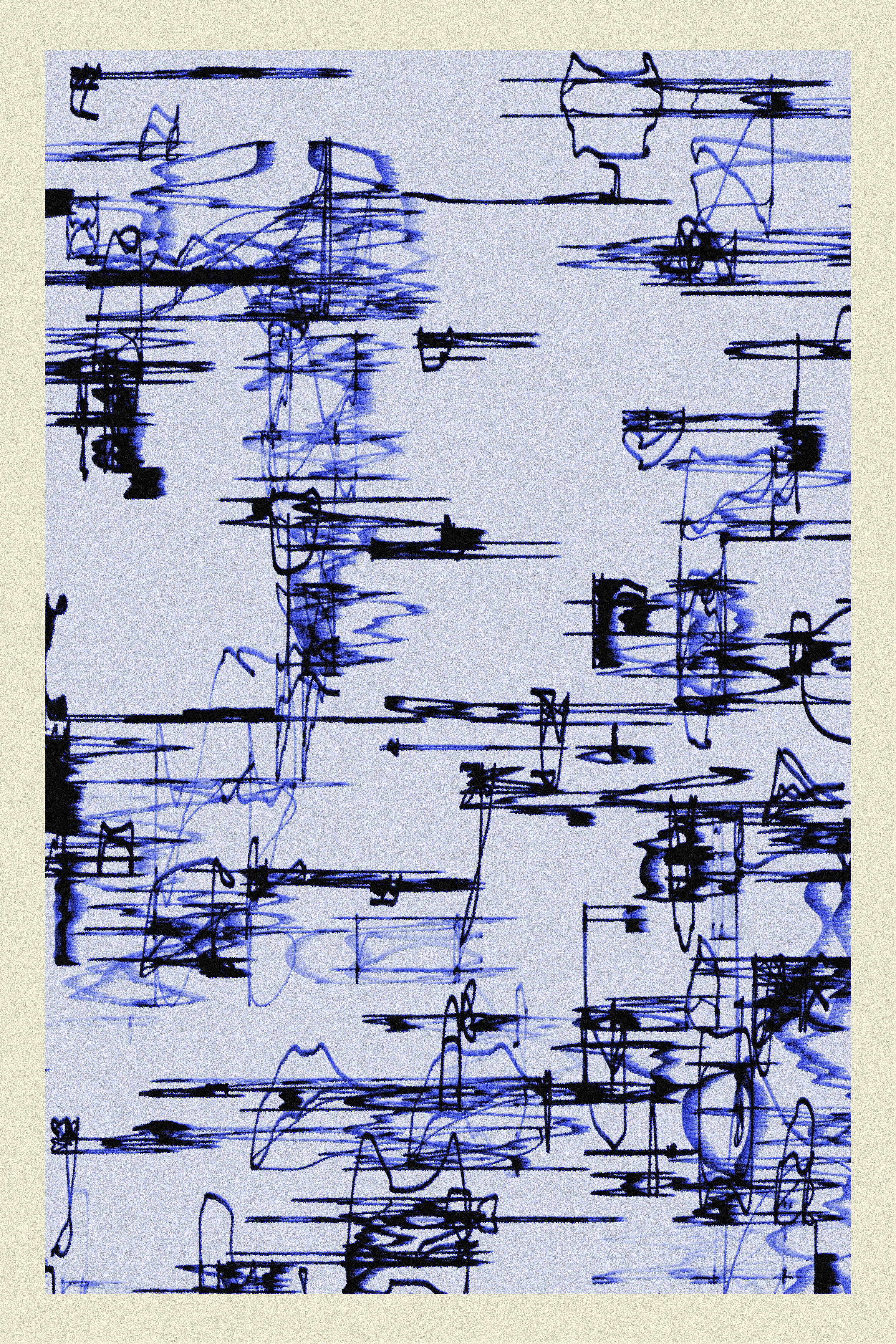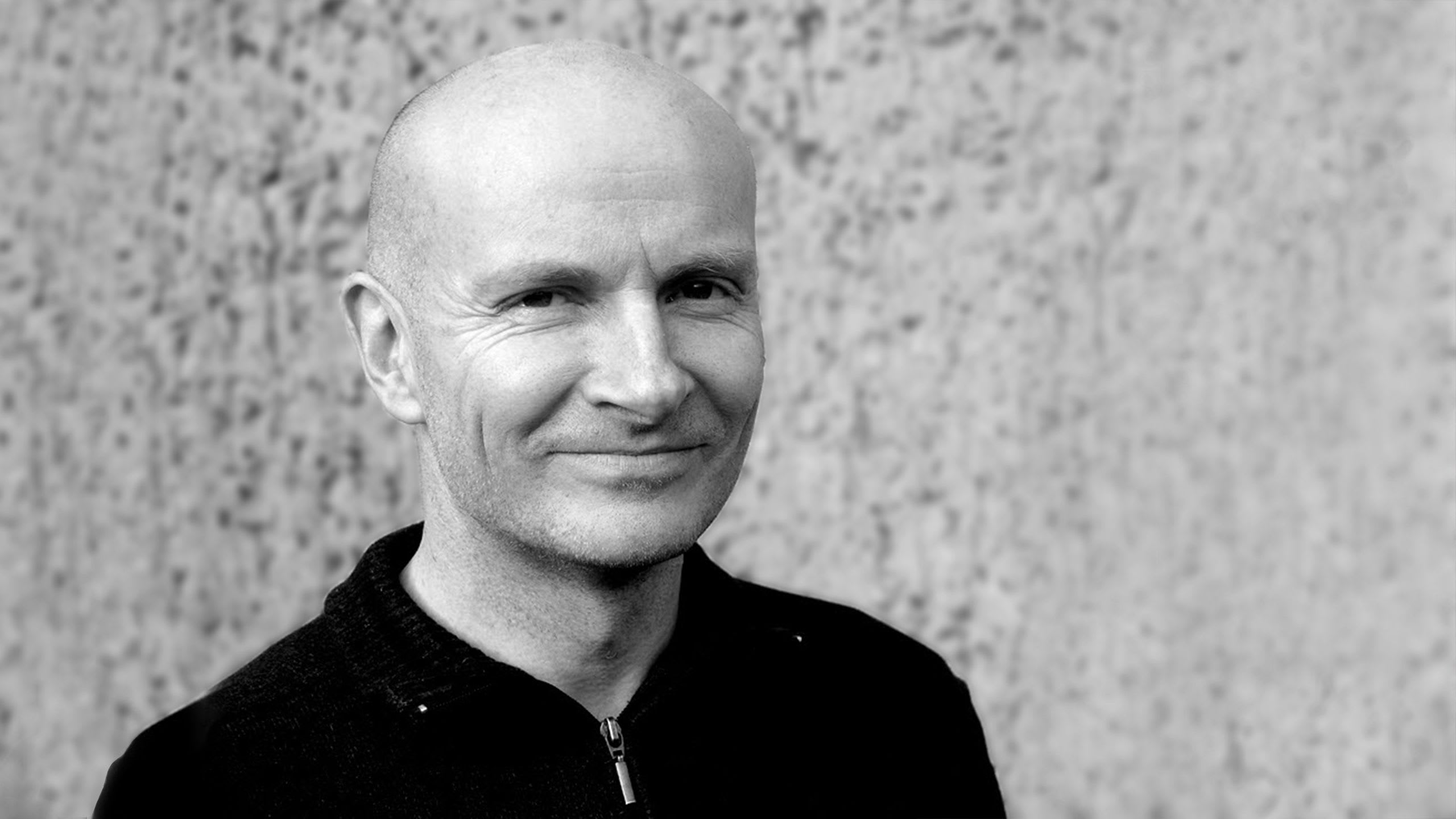EDUCATION
Breaking the Box of Perception: Three Artists Confront the Face of the Infinite
Breaking the Box of Perception: Three Artists Confront the Face of the Infinite
by Holladay Saltz
•
7 Nov 2024
Poetics of the Infinite gathers three artists—Zach Lieberman, Lars Wander, and Iskra Velitchkova—each tracing luminous maps of infinity, each threading themselves into an encounter with what lies beyond knowledge. Here, infinity is not a measure of size or distance but an encounter that flickers in light, trembles in line, and rises on the scent of memory. Emmanuel Levinas’s notion of “the face of the Other” haunts this exhibition, each artist circling the limits of the knowable, creating in the hope that they might glimpse what lies past the reach of apprehension. In these works, the translation of the infinite teeters on overflow, each artist acknowledging that meaning, in such spaces, will evade and spill beyond representation’s fragile bounds.

Zach Lieberman begins with light in Box Light Studies—light that refuses to stay still or contain itself. In his hands, light is mercurial, wavering between wave and particle, an entity requiring an observer to call forth its shape. His algorithmic gestures conjure dimensions where light flows unbounded by physical constraints yet is inextricably tied to perception. Each interaction draws the viewer into the paradox: light changes with the observer, evoking the intimate tension of a solitary communion: no one sees this the way I see it. Lieberman’s algorithm frames infinity as both presence and absence, an unfolding echo of Levinas’s Other, in which what we see reveals our own presence in the act of seeing.

For Lars Wander, infinity is drawn through a latticework of forms in while true, navigating mathematical set theory and nonrepeating geometries to create self-sustaining worlds. Here, Alain Badiou’s “infinity within a world” finds both a digital and physical language: Wander’s woven jacquard, a construct of computerized threads, supports variation within structured rhythm, at the same time his digital works resist any effort to become static or concrete. This web of shapes resists completion, implying a continuity that extends beyond the tangible. His work invokes Vilém Flusser’s “particles of possibility”: small, finite forms holding endless potential configurations. Wander’s geometries hum with openness—a rhythmic map of endless relations that defies boundaries, pulling the viewer’s gaze along an unseen spiral.

Iskra Velitchkova summons infinity in INK through recursive strokes and fragrance—fragile mediums that pulse with repetition, reflection, boundlessness. Her lines trace lived moments, while her scents evoke memory, as fleeting as air, as elusive as grief. In her work, Georges Didi-Huberman’s déchirure, a “rend” in the box of perception, comes into view, allowing sorrow to pass from her lived experience into another’s body. Generative fragrance suspends memory in the air, diffusing into breath, drawing it into the lungs and bloodstream, defying containment within the visual. Her algorithmic drawings hover on the edge of recognition, capturing the countless ways memory and loss breathe through human experience.

Across these artists’ work, we glimpse the rupture—déchirure—through which digital creation can contend with the physical world. Each work lives in the same space as the viewer’s body, stretching across thresholds: Lieberman’s light shifts between screen, space, and observer; Wander’s geometries extend from the woven to the infinite; Velitchkova’s scent lingers in the body, embedding her algorithmic gestures in motion, ink, and breath. Each moment is a hinge, a transformation, where representation cracks open to let the unknown enter and settle within memory. The infinite moves from abstraction into embodiment, resisting capture, inhabiting and reflecting each viewer in fragments.
Generative art, by its nature, resists reification; it emerges contingently, blooming moment by moment. Neither Lieberman, Wander, nor Velitchkova anchor their works in finality; each piece stirs from a generative root, a precarious balance of intention and chance. Here, Stephen Batchelor’s reflections on contingency offer a resonant echo: “whatever emerges contingently upon a matrix of unstable conditions becomes an unstable condition upon which something else can contingently emerge.” Each work is shifting and open-ended, a flicker of possibility caught mid-flight. For the viewer, this continuous arising allows a way into something that can only be known by confronting it directly, through experience in multiple forms.

Together, Lieberman, Wander, and Velitchkova thread an entwined world, a continuum of perception where the work speaks as both part and whole. This world is not merely a constellation but an invocation of infinity itself—each work a doorway to what is unseen, unknowable. Erwin Panofsky reminds us that “the relation of the eye to the world is in truth a relation of the soul to the world of the eye.” In Poetics of the Infinite the eye meets the body meets the infinite—a boundless unfolding, where the longing to see, to comprehend, to hold trembles—never satiated, never stilled, reaching into the unknown.






